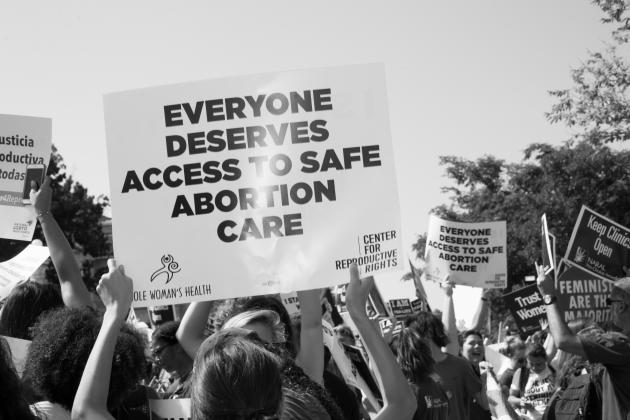
This is the first instalment in a three-part series on access to abortion in Ontario.
The day after Progressive Conservative MPP Sam Oosterhoff attended an anti-abortion rally at Queen’s Park and pledged to make abortion “unthinkable in our lifetime,” Laura Ip decided it was time to share her story.
“Dear @samoosterhoff, my abortion *was* unthinkable,” the Niagara Region councillor wrote on Twitter the morning of May 10.
In 35 threaded tweets, she explained that, having already experienced difficult pregnancies, she couldn’t risk her health, finances, or mental well-being to have another child. “With my daughter — just to sort of put this in perspective — the only thing that I was actually able to eat and keep down for any length of time [was] French fries and potato chips,” she tells TVO.org. “That’s all I ate my entire pregnancy, and I still only gained 28 pounds.”
Ip didn’t think she was going to change Oosterhoff’s opinion, but she felt that it was important to speak up.
“The reason that women don’t admit [to having had abortions] is because of the shaming that goes on,” she says.
After her Twitter thread went viral, Ip received messages from people across the country. “The vast majority of it was extremely supportive,” she says. “But there was a percentage of absolutely vile messages. And that’s why people don’t tell their stories.”
In Canada, there are no legal restrictions to accessing abortion. But, for people who seek to undergo the procedure, stigma and fear can be as much of an impediment as any statute.
According to data analyzed by the Abortion Rights Coalition of Canada, 13 out of every 1,000 Canadian women between the ages of 15 and 44 have had an abortion. In the United States, one in four women will have an abortion before the age of 45. “It’s a very common [medical procedure],” says Frédérique Chabot, director of health promotion at Action Canada for Sexual Health and Rights.
But it’s not treated as one.